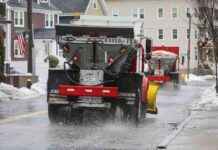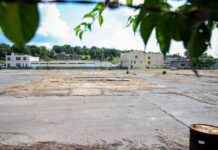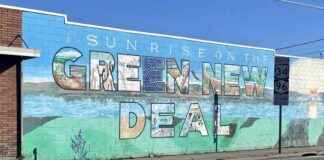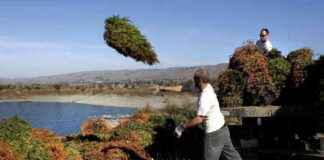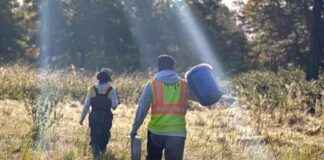The Role of Faith Organizations in Disaster Relief: Exploring Their Impact and Challenges
On a crisp morning in Swannanoa, North Carolina, the Swannanoa Christian Church held its first Sunday service after the devastating Hurricane Helene. The congregation, forced to move outdoors due to the abundance of donated supplies inside the sanctuary, gathered under the clear blue sky to pray and share testimonies of survival and rescue efforts amidst the flood’s aftermath.
Faith Organizations: A Beacon of Hope in Times of Crisis
Elder Gordon Dasher, a prominent figure in the church community, emphasized the church’s mission to embody the kingdom of God on Earth by actively engaging in relief efforts, even getting their hands dirty to help those in need. The church’s dedication to serving their community showcased the crucial role of faith organizations in disaster relief, especially in rural areas where they serve as social anchors and trusted information hubs.
The Impact of Faith-Based Organizations in Disaster Relief
Beyond Swannanoa, a multitude of faith-based organizations, spanning different denominations, mobilized to provide aid and support across the hurricane-affected regions. From distributing essential supplies to repairing homes and offering financial assistance, churches and religious groups demonstrated their resilience and efficiency in responding to the community’s immediate needs.
Challenges and Controversies Faced by Faith Organizations
While the efforts of these organizations are commendable, some residents expressed concerns about the strong emphasis on faith and proselytization during relief operations. The intersection of religious beliefs and disaster relief raised questions about inclusivity, with some individuals feeling uncomfortable with the overtly religious nature of assistance provided by certain groups.
In conclusion, the unwavering dedication of faith organizations to serve their communities in times of crisis highlights the intricate balance between humanitarian aid and religious outreach. The evolving landscape of disaster relief underscores the need for greater collaboration and understanding between faith-based organizations, government agencies, and the communities they serve to ensure effective and inclusive relief efforts for all those in need.



